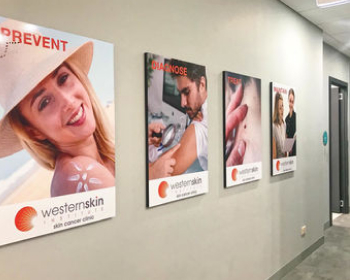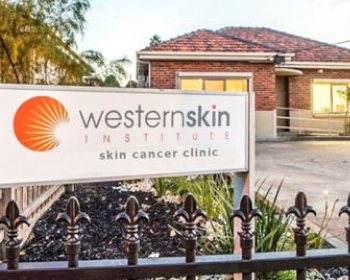The global cosmeceuticals market was valued at USD 46.93 billion in 2017, and is expected to reach a value of USD 80.36 billion by 2023.
There are always new creams every minute. It is almost impossible for anyone to keep up with it.
The most likely reason why your Dermatologist has not heard of this “magic cream” you mentioned is because it is not grounded in science.
What is the difference between a Cosmeceutical vs. a Pharmaceutical cream?
Cosmeceuticals represent a category of products placed that are non-prescription. The term was popularised by Albert Kligman, who recognised that even water could alter the structure and function of skin.1 This means that anyone can buy the product. These products need to be safe for anyone to be able to buy and use on a regular basis and will not risk harming the skin. Cosmeceutical grade products are only regulated by the FDA to use ingredients that are 70% pure which means these products are typically full of synthetic ingredients and fillers making their effectiveness minimal, and their capability to provide results much lower.
Pharmaceutical grade products are regulated by the FDA to contain ingredients that are 99% pure. These ingredients are going to have a powerful effect on the skin. Because of the potency of the ingredients used in pharmaceutical grade products they must be purchased from a skin care professional who can teach clients how to use them properly so they do not risk damaging their skin.
What is the process for regulation of any pharmaceutical?
The FDA (Food and Drug Administration) is the world’s regulating body for approval of a medication. The steps required to achieve this review is very extensive as shown below: 2
- Preclinical (animal) testing.
- An investigational new drug application (I-NDA) outlines what the sponsor of a new drug proposes for human testing in clinical trials.
- Phase 1 studies (typically involve 20 to 80 people).
- Phase 2 studies (typically involve a few dozen to about 300 people).
- Phase 3 studies (typically involve several hundred to about 3,000 people).
- The pre-NDA period, just before a new drug application (NDA) is submitted. A common time for the FDA and drug sponsors to meet.
- Submission of an NDA is the formal step asking the FDA to consider a drug for marketing approval.
- Review of NDA – After an NDA is received, the FDA has 60 days to decide whether to file it so it can be reviewed.
- Filing of NDA – If the FDA files the NDA, an FDA review team is assigned to evaluate the sponsor’s research on the drug’s safety and effectiveness.
- Review of labelling – The FDA reviews information that goes on a drug’s professional labelling (information on how to use the drug).
- Facility inspection – The FDA inspects the facilities where the drug will be manufactured as part of the approval process.
- Approval – FDA reviewers will approve the application or issue a complete response letter.
A cosmeceutical does not need to undergo the process above.
But I am sure that this cream works. Why haven’t you heard of it?
The short answer is, if this cream works it must be tested in a randomised controlled trial. This is to protect you and society as a whole. In addition, it is simply not worth your Doctor or Specialist’s time to research a never-ending array of gimmicks.
What is the harm to treatment with a non-evidence based cream?
Apart from the obvious financial cost to you, there is potential for harm. First of all, there is delay to treatment. Using a cream that is not evidenced based means that the disease may have progressed for longer and become harder to treat when you seek professional medical advice. There is also the risk that the cream can only partially treat the condition. A good example is black salve. Black salve are products containing an active ingredient called sanguinarine, which comes from Bloodroot (Sanguinaria canadensis). Sometimes zinc chloride is also present. These products have been sold in Australia as an alternative treatment for cancer, including skin cancer.
There are no credible, scientific evidence that black salve, red salve or cansema can cure or treat cancer. In addition there is no evidence that these products can be used to diagnose cancers. In fact, the evidence shows that they will cause skin irritation regardless of whether any malignancy is present.
While some Internet sites contain testimonials supporting the use of these products, the Therapeutic Goods Administration (TGA) does not consider this to be adequate evidence to support their efficacy. It is part of the TGA’s role to warn the Australian public of potentially harmful or ineffective therapeutic goods whether or not they are on the ARTG. The TGA released a safety alert via its Internet site on 19 March 2012 strongly advising consumers against purchasing or using any black salve, red salve or cansema products.
The author has had patients die from skin cancer because the cancer was partially treated with black salve and has been allowed to spread.
References
1. Amer, M., & Maged, M. (2009). Cosmeceuticals versus pharmaceuticals. Clinics in Dermatology, 27(5), 428–430.
2. https://www.fda.gov/drugs/resourcesforyou/consumers/ucm289601.htm





